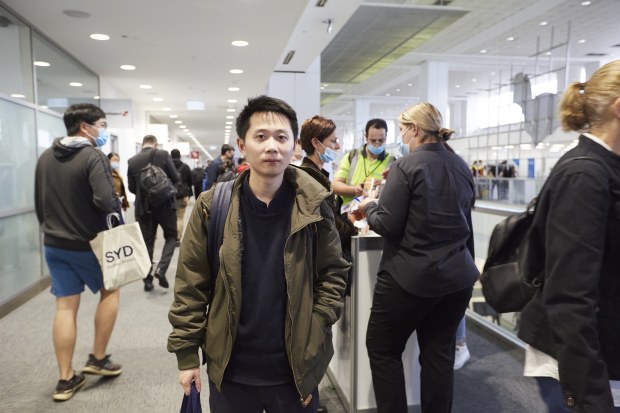Overseas student boom shows signs of slowing

The international student boom is showing signs of tapering off after the number of visa applications in September was the first time since January last year that records were not broken.
There were 24,327 applications in September, just 17 less than the same month last year.
It is not clear yet whether government policies aimed at clamping down on irregular practices among students, agents and some colleges is starting to slow demand or whether the pent-up appetite for overseas study since the pandemic ended has started to fade.

Growth in international student visa applications has begun to slow for the first time in more than a year. Natalie Boog
Immigration expert Abul Rizvi said September was traditionally a slow month for student visa applications.
Strong demand from India continues. It had 4123 applications, including for vocational colleges, followed by China (3680), Colombia (1773), the Philippines (1656), Bhutan (1503), Nepal (1454) and Pakistan (1124).
“The major development in September was a significant fall in grant rates,” Mr Rizvi said.
The rate of visa approvals in June was 83.8 per cent, and in July it was 82.3 per cent. But this fell to 73.3 per cent in August and just 65.2 per cent in September. However, a similar trend was recorded in the same months last year.
“Recent policy tightening has been targeted at onshore applications in particular, so we may see some relative decline during the December quarter of 2023,” Mr Rizvi said.
Slowing numbers over the past two months suggested there might be a decrease in the unprecedented demand for student visas.
“Even with the tapering, there are likely over 1 million people in Australia who are on either a student visa, a temporary graduate visa or former students on a COVID visa,” Mr Rizvi said.
As The Australian Financial Review reported on Wednesday, Australia’s annual migrant intake has hit half a million people so far this year. With targets set at 315,000 migrants a year, it is almost certain the number will be well above that.
Grattan Institute economic policy program director Brendan Coates said the record numbers would add to Australia’s inflation challenge.
With international students by far the largest source of temporary migrants, Mr Coates has said 100,000 migrants on top of the budget forecasts of 315,000 for 2023-24 would push up rents by another 1 per cent.

His analysis shows that full-time students spend far more than they earn, also adding to inflation. While they spend about $650 a week, they earn on average less than $400 a week.
Treasury secretary Stephen Kennedy told Senate estimates on Wednesday morning that “stronger than expected return of students is leading to a boost in services exports, and is offsetting the downturn in domestic household demand”, which was contributing to inflation.
Meanwhile, a joint Senate committee report has urged the government to urgently put efforts into building more purpose-built accommodation for students.
The report, chaired by Labor senator Deborah O’Neill, has pushed for the federal government to go further than the raft of reforms it recently put in place to stop “shonks and dodgy operators trying to exploit students and make money out if it”.
Introducing your Newsfeed
Follow the topics, people and companies that matter to you.
Find out moreRead More
Latest In Education
Fetching latest articles